Physical vs Chemical Sunscreen - Which one is right for you?
| Estimated Reading Time: 6 minutes |
I’ll never forget that beach trip a few summers ago when I skipped sunscreen and turned into a lobster—red, peeling, and swearing I’d never do that again. UV rays are brutal; they burn, wrinkle your skin, and can even lead to skin cancer if you’re not on guard. Now, I’m the one squinting at sunscreen labels, trying to figure out physical vs chemical sunscreen. They both block those rays, but in such different ways, and what works for my cousin’s smooth skin might make mine rebel. Let’s stroll through what makes physical vs chemical sunscreen special, chat about my take on them, figure out how to pick one, and see how plant-based and Ayurvedic sunscreens mix the best bits.
Table of Content: |
What’s the difference b/w Physical vs Chemical Sunscreen?
Difference between physical and chemical sunscreen comes from how they tackle UV rays. Physical sunscreens act like a sunshield and don't allow UV rays to penetrate. They use zinc oxide or titanium dioxide to bounce back before they enter blood stream.
I love that I can slap them on and head out—no waiting, which is a lifesaver when I’m late for a morning walk.
Chemical sunscreens take another path. They’ve got ingredients like avobenzone or oxybenzone that seep into your skin, grab UV rays, and turn them into heat your body lets go. The downside? You need to put them on 15 to 20 minutes before stepping outside to let them settle. Figuring out how physical vs chemical sunscreen works helps me pick what suits my day.

Comparison Table: Physical vs Chemical Sunscreen
Here’s a quick peek at how physical vs chemical sunscreen stacks up:
| Feature | Physical Sunscreen | Chemical Sunscreen |
| Main Ingredients | Zinc oxide, titanium dioxide | Avobenzone, oxybenzone, octinoxate |
| How It Works | Bounces UV rays away | Grabs UV rays, turns to heat |
| When It Starts | Right after you apply | After 15–20 minutes |
| Feel on Skin | Thicker, might leave a white tint | Light, blends clear |
| Best For | Sensitive or acne-prone skin | Most skin types, may irritate sensitive skin |
| Eco Impact | Often reef-safe | Some ingredients harm coral reefs |
| UVA/UVB Protection | Usually broad, check label | broad, depends on formula |
What I Think About Physical vs Chemical Sunscreen
I’ve had my share of ups and downs with physical vs chemical sunscreen, and my sensitive skin has opinions! Here’s what I’ve noticed:
-
Physical Sunscreen Wins: It’s a hero for my skin, which gets cranky with breakouts. The second I rub it on, I’m protected—perfect for those rushed mornings. Plus, knowing it’s often reef-safe makes me feel good about swimming. Zinc oxide usually covers UVA and UVB rays like a champ.
-
But It Has Quirks: Some leave a white smear that makes me look like I’ve been dusting flour, especially on darker skin I’ve seen on friends—newer ones are better, though. It can feel heavy, like a mask on hot days, and I’m always reapplying after a swim or sweat.

-
Chemical Sunscreen Perks: I once tried it under makeup and loved how it vanished into my skin—no greasy feel! The variety—sprays, gels, lotions—lets me switch it up. It blends into any skin tone, which is a plus.
-
But It’s Not Perfect: Oxybenzone turned my face red and itchy once, and I wasn’t happy. Waiting 15 minutes for it to kick in is a drag when I’m late, and finding out it can harm coral reefs in places like Hawaii gave me second thoughts.
How Do I Pick Physical vs Chemical Sunscreen?
Everybody may have their own process to pick up between physical vs chemical sunscreen. Here is my process
-
My Skin: My skin is sensitive and loves physical sunscreens as they are gentler and doesnt cause break outs.
-
Oily skin: People with Oily skin may find chemical sunscreens less sticky.
-
Darker Skin: Tinted sunscreen avoid white cast and more suitable for darker skin.
-
Kind of day: For a beach day or hiking trip, I would prefer physical sunscreen. Physical sunscreen are instant and water-friendly. Also, if you are going near beach, use physical sunscreen as they are coral reel safe. Oxybenzone or Octinoxate in chemical sunscreen may cause coral damage

-
Protection Level: I always want broad-spectrum, SPF 30 or higher, for UVA and UVB rays—both can do it, but I check the label.
-
Comfort Check: I test samples to see what doesn’t annoy me. Chemical ones are light, but some physical ones are okay too.
If I’m stumped, my dermatologist steps in, especially since my skin can be a bit dramatic.
Why Chemical Sunscreens Can Be a Challenge
I tried a chemical sunscreen once and ended up with a red, itchy face by midday—yikes! Ingredients like oxybenzone can trigger reactions, especially if your skin’s picky like mine. Since they sink in, they’re more likely to irritate sensitive areas. Sunlight can make it worse, turning a little itch into a big deal when I’m outside.
My friend with eczema says chemical sunscreens are her nemesis, and fragrances or preservatives in them don’t help. When I compare physical vs chemical sunscreen, physical ones feel safer since they stay on top. If chemical ones bother you, I’d switch to physical or test a small spot first.
Plant-Based and Ayurvedic Sunscreens: A Clever Mix
I’ve been obsessed with plant-based and Ayurvedic sunscreens lately—they feel like a cozy blend of physical vs chemical sunscreen with a natural edge. Plant-based ones might use aloe vera or green tea to calm my skin and add a boost of antioxidants. I’ve tried some with zinc oxide that mix in plant extracts to skip that white cast, and they often ditch harsh chemicals for eco-friendly packaging—right up my alley.
Ayurvedic sunscreens, inspired by Indian traditions I’ve been curious about (like those turmeric remedies), bring in neem or turmeric to soothe irritation. They pair with mineral or chemical filters for solid UV protection. One with zinc oxide and turmeric was a game-changer for my sensitive skin, no fake scents to bother me. These mix the best of physical vs chemical sunscreen, giving me healthy skin and a planet-friendly feel.
Conclusion
Picking physical vs chemical sunscreen is about what my skin likes and how I live. Physical ones are my go-to for sensitive skin and instant protection, while chemical ones blend in like a dream. Plant-based and Ayurvedic sunscreens tie them together, using nature to level up. By getting the hang of physical vs chemical sunscreen, I’ve found my match. I stick with broad-spectrum SPF 30 or higher, reapply every two hours, and check with my dermatologist when my skin acts up.
Related Products:
Shubhr Coconut Sunscreen SPF 50 Face Lotion for Sun Protection (18 herbs, 50ml)
Niraa Shea Butter SPF 30 Sunscreen Face & Body Lotion (12 Herbs)
Women's Eladi Face Day Cream with SPF 30 for Sun Protection (19 herbs, 50g)
Shubhr Jasmine & Coconut SPF 30 Sunscreen for Men for Sun Protection (16 Herbs, 50g)
References:
https://www.epa.gov/radtown/ultraviolet-uv-radiation-and-sun-exposure
https://www.aad.org/media/stats-sunscreen
https://www.healthline.com/health/physical-vs-chemical-sunscreen


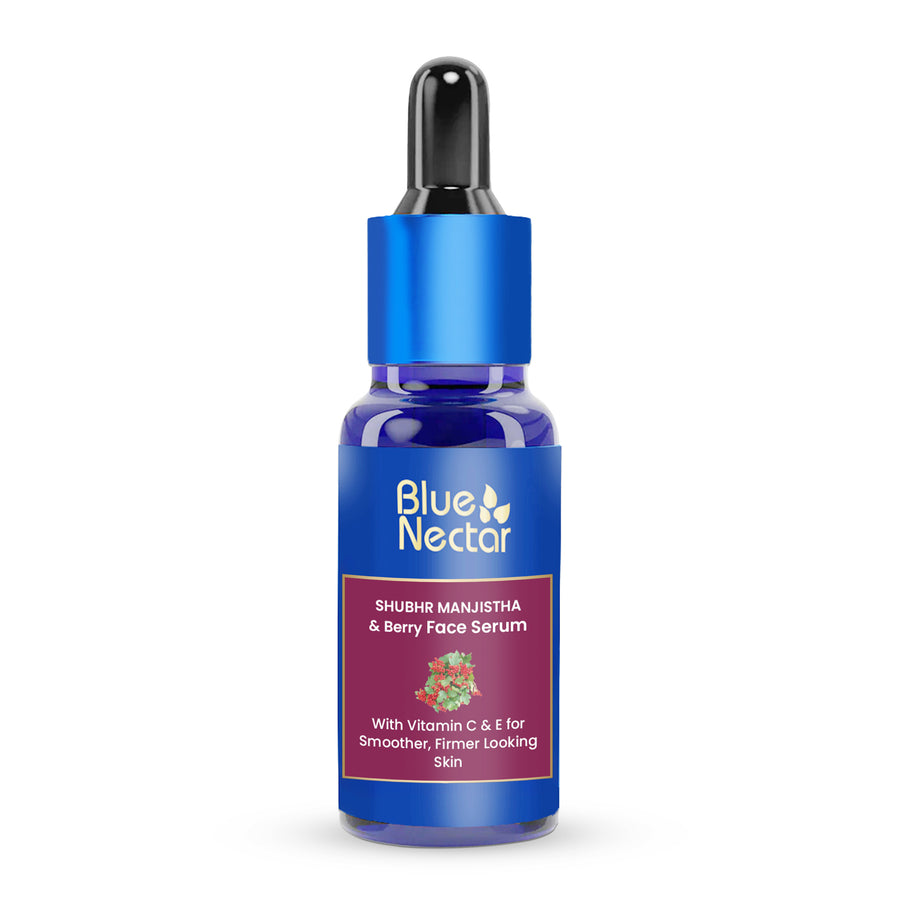
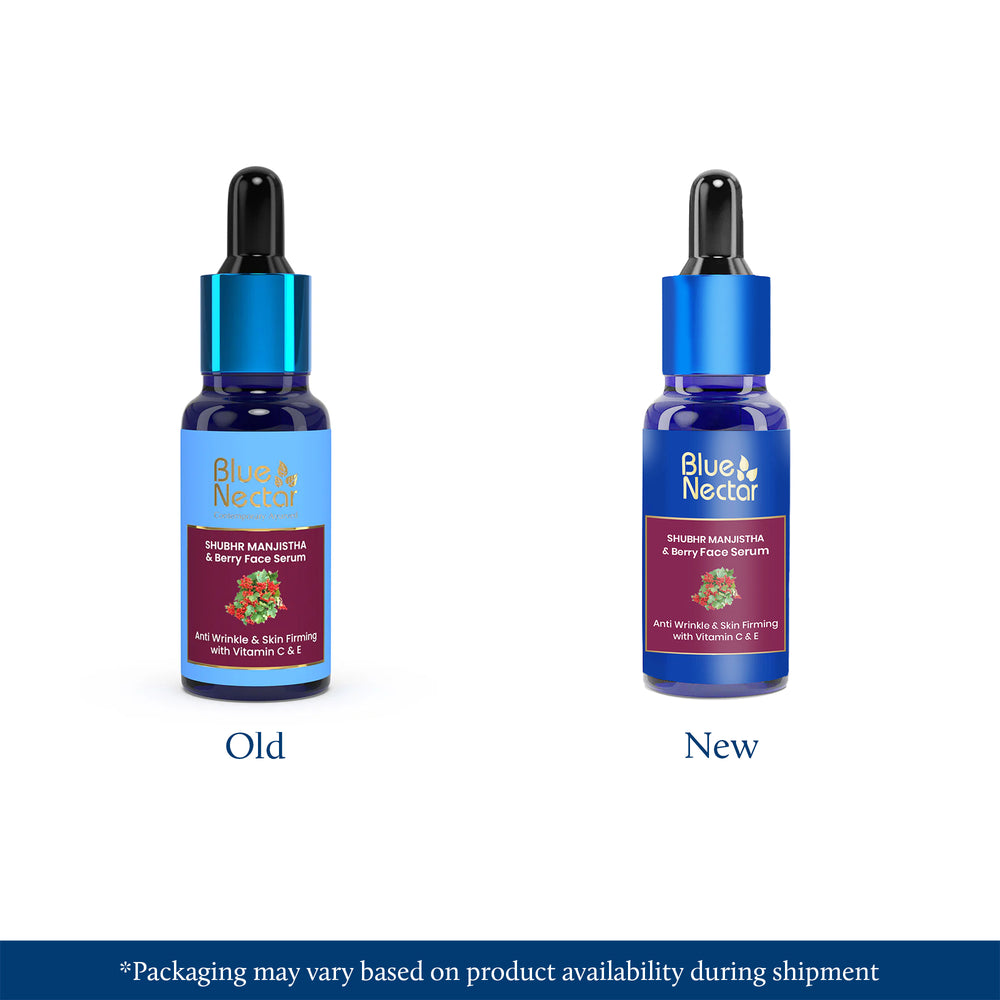



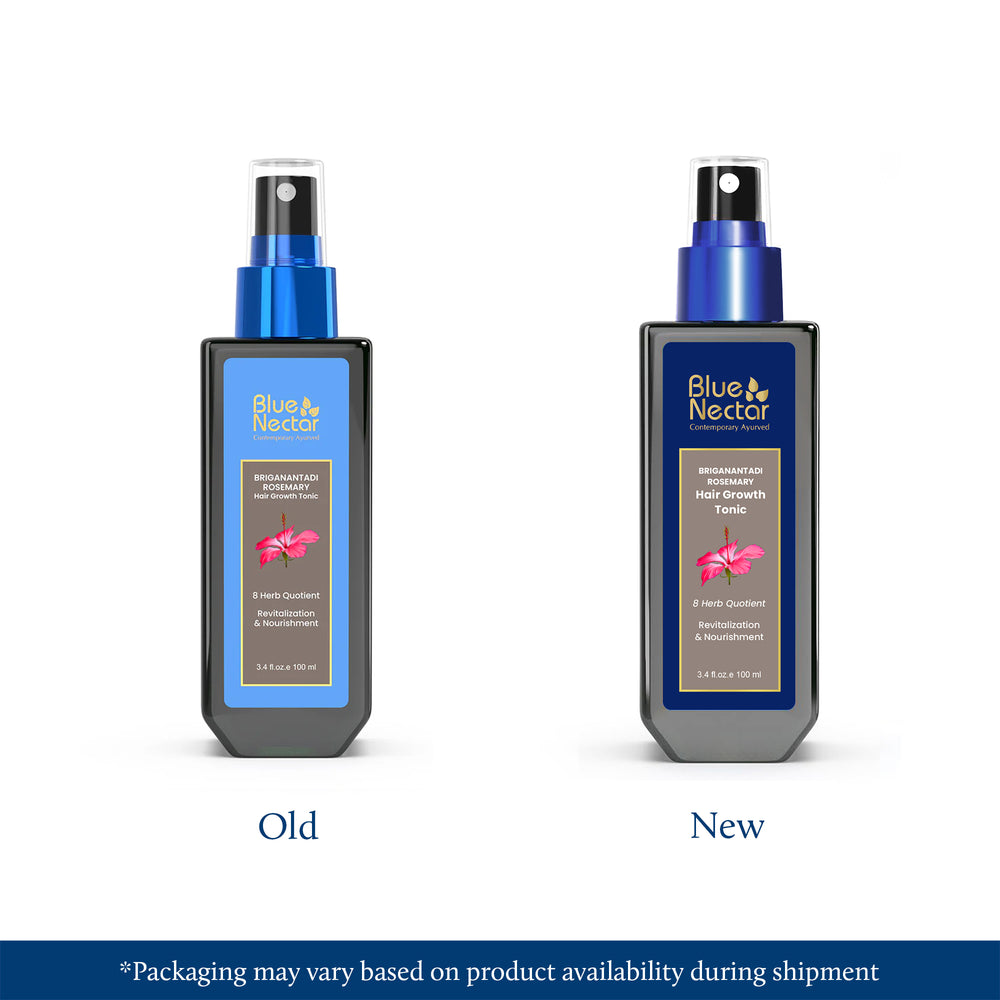

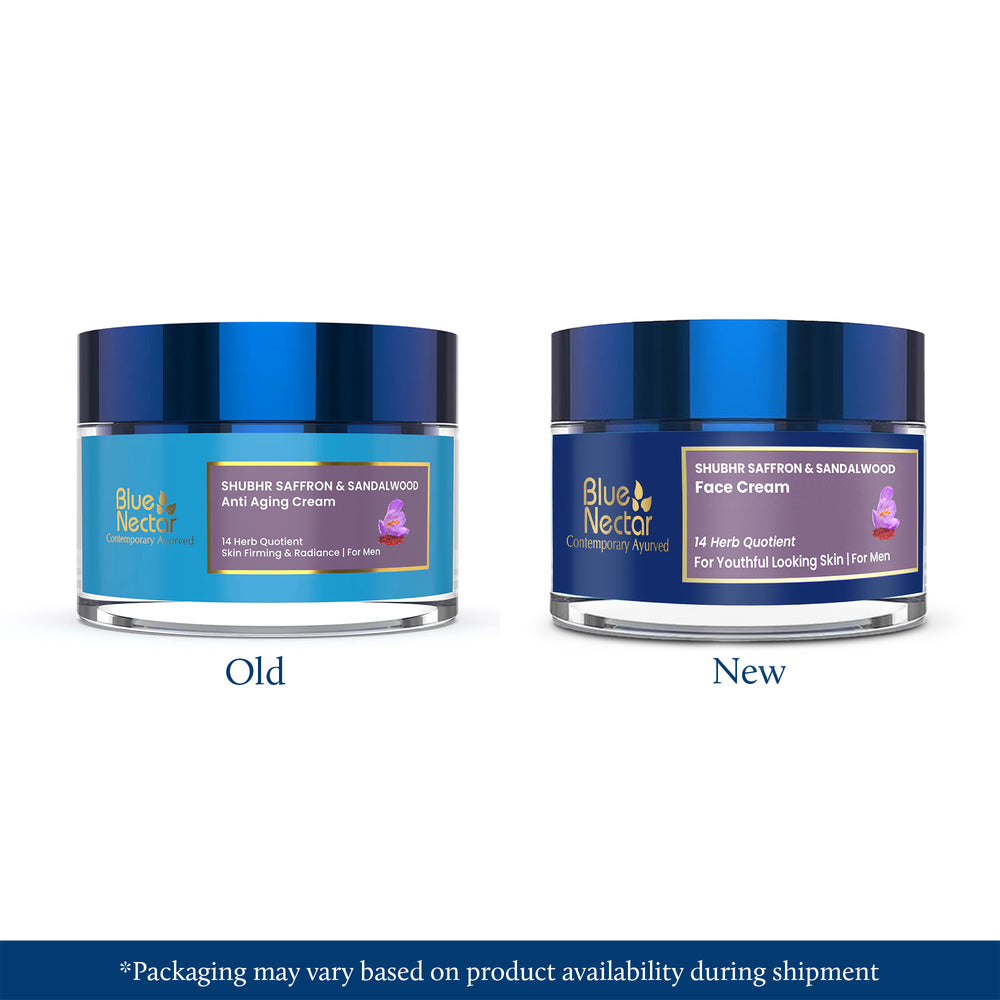
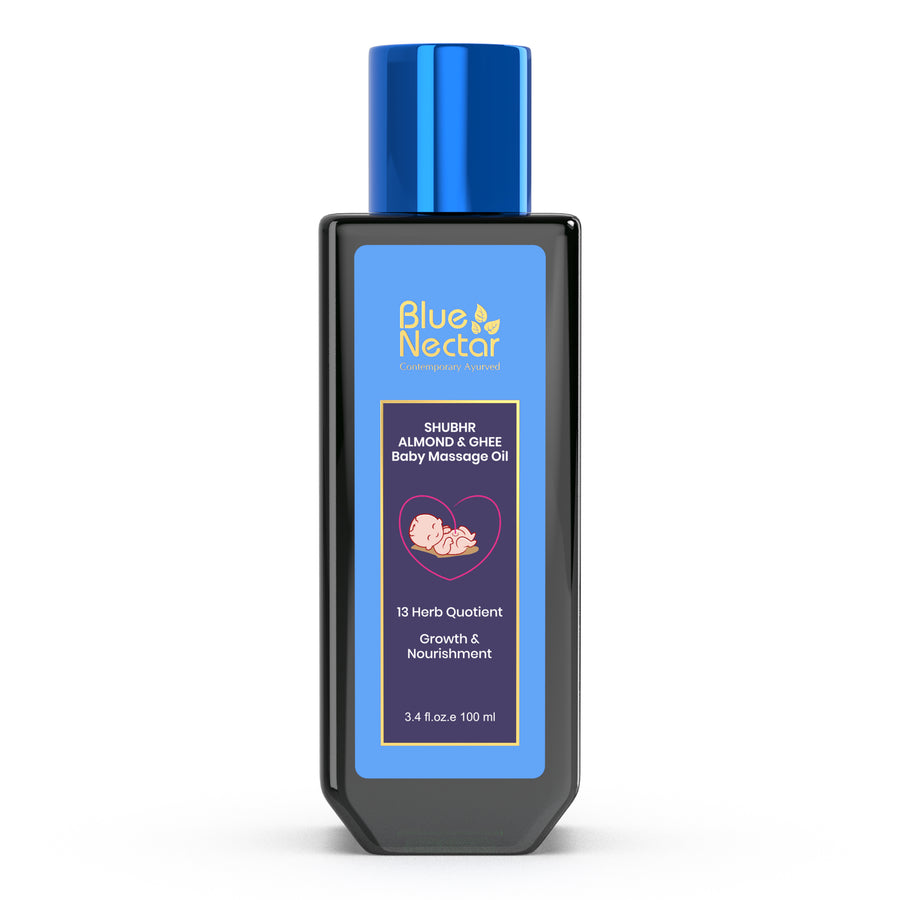
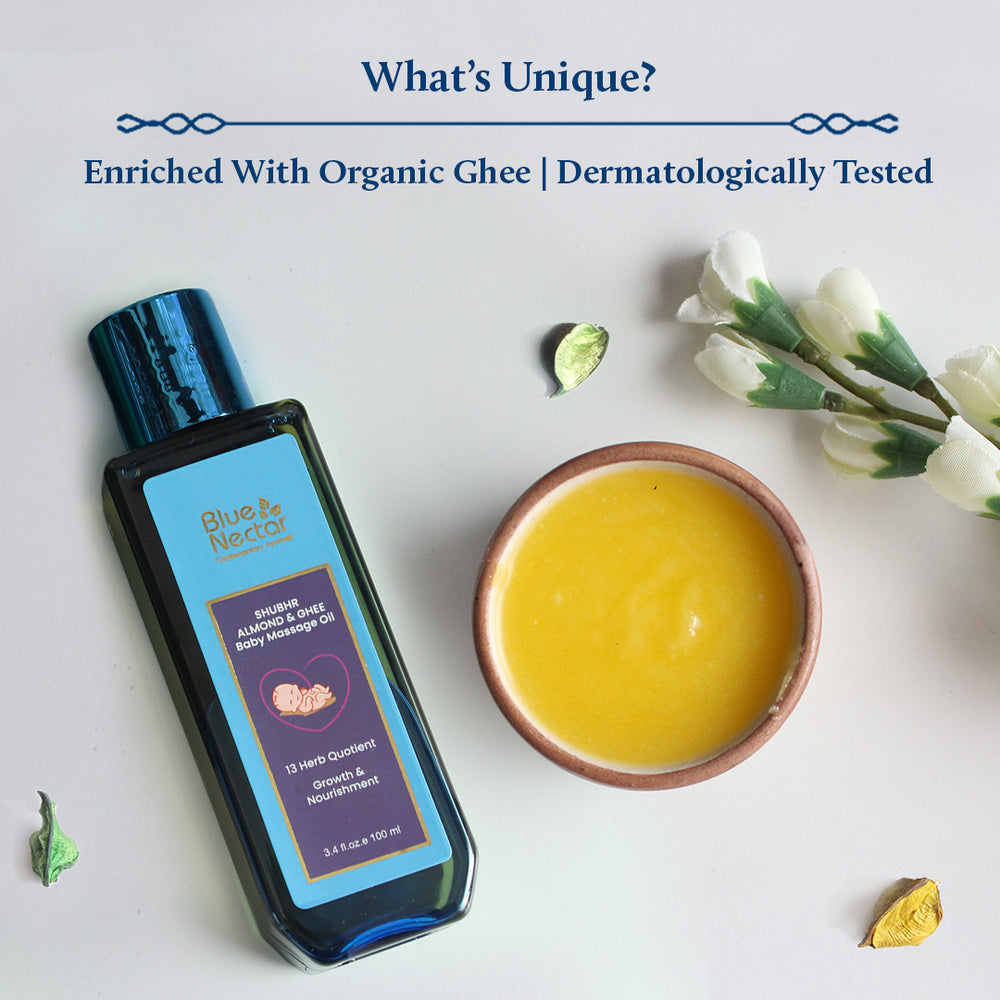




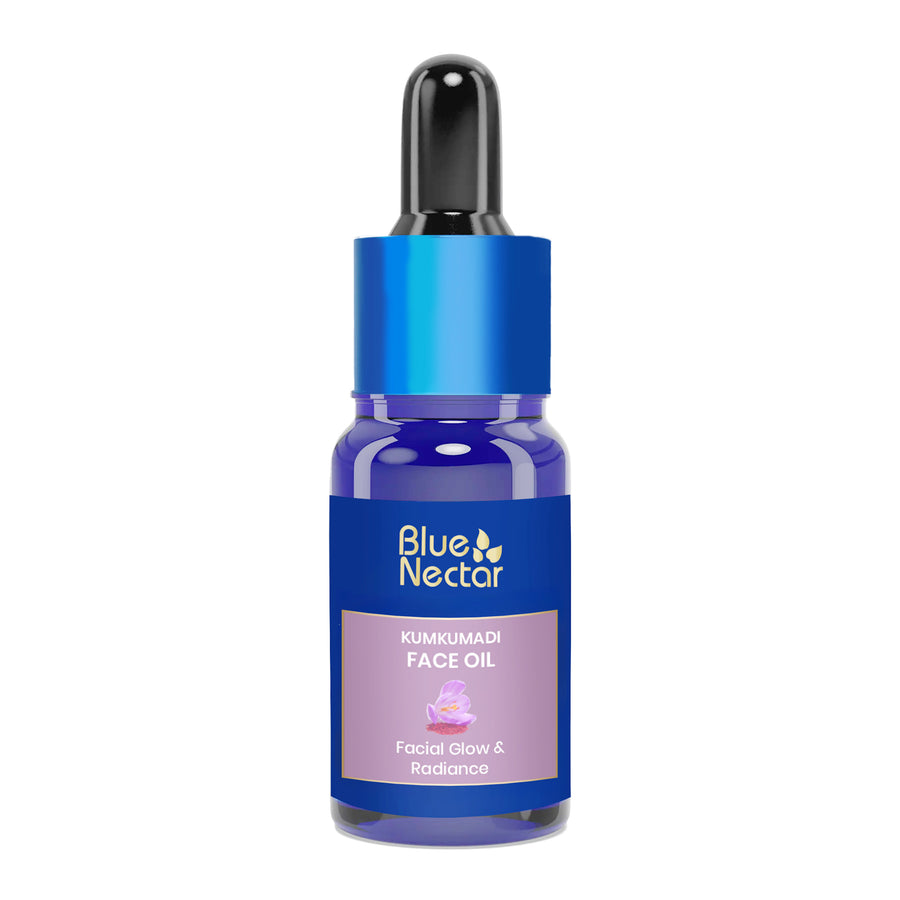
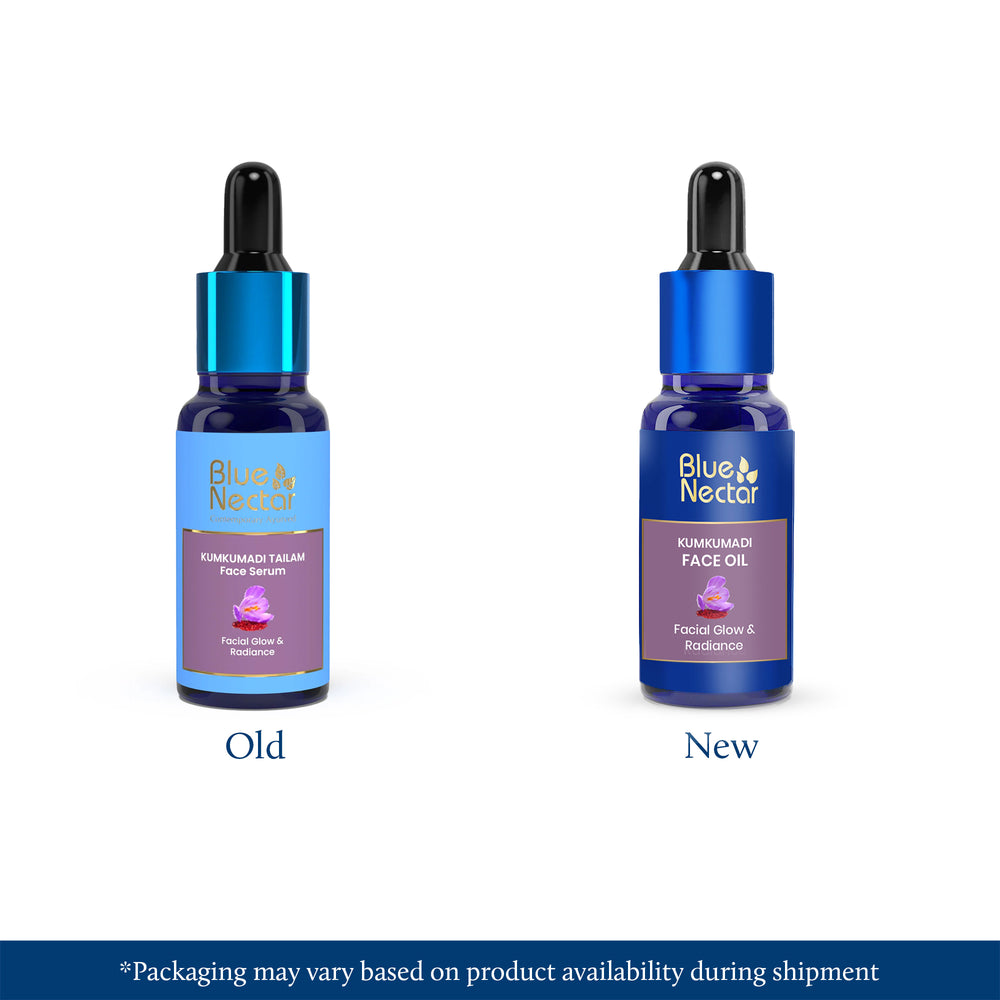

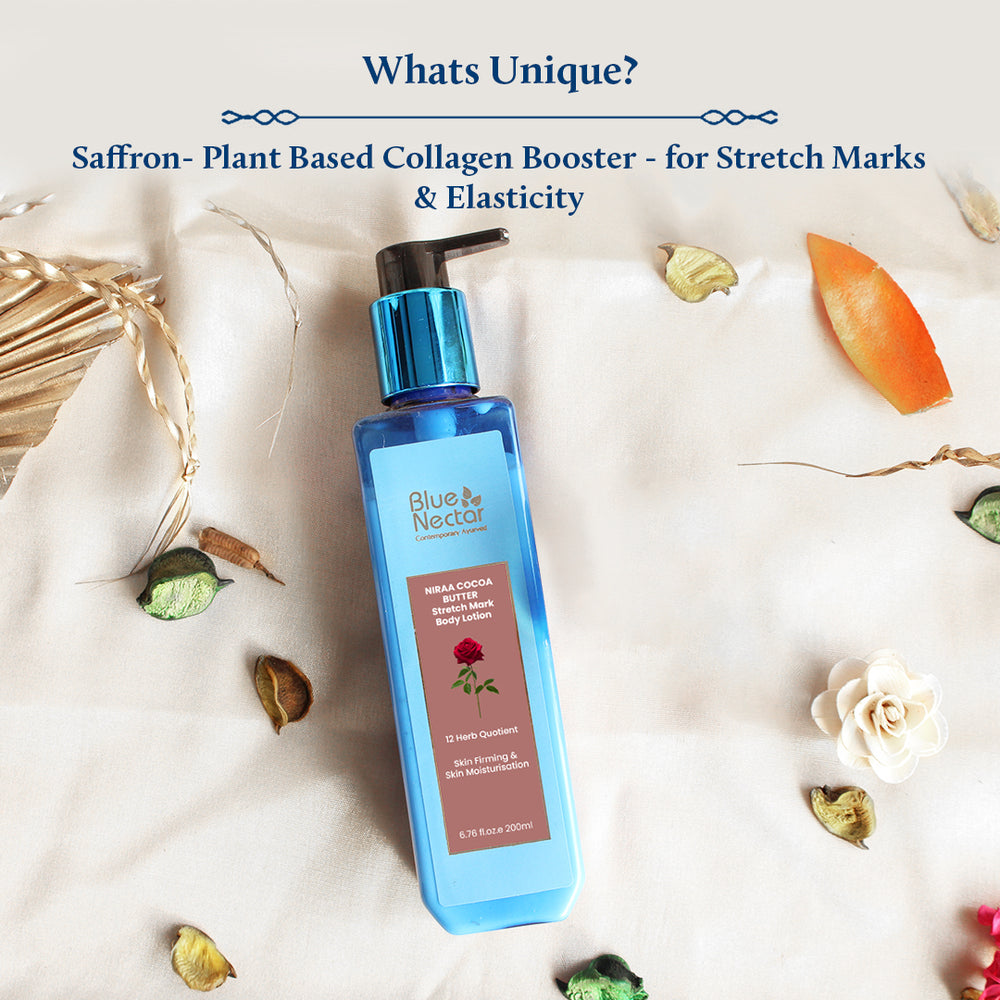
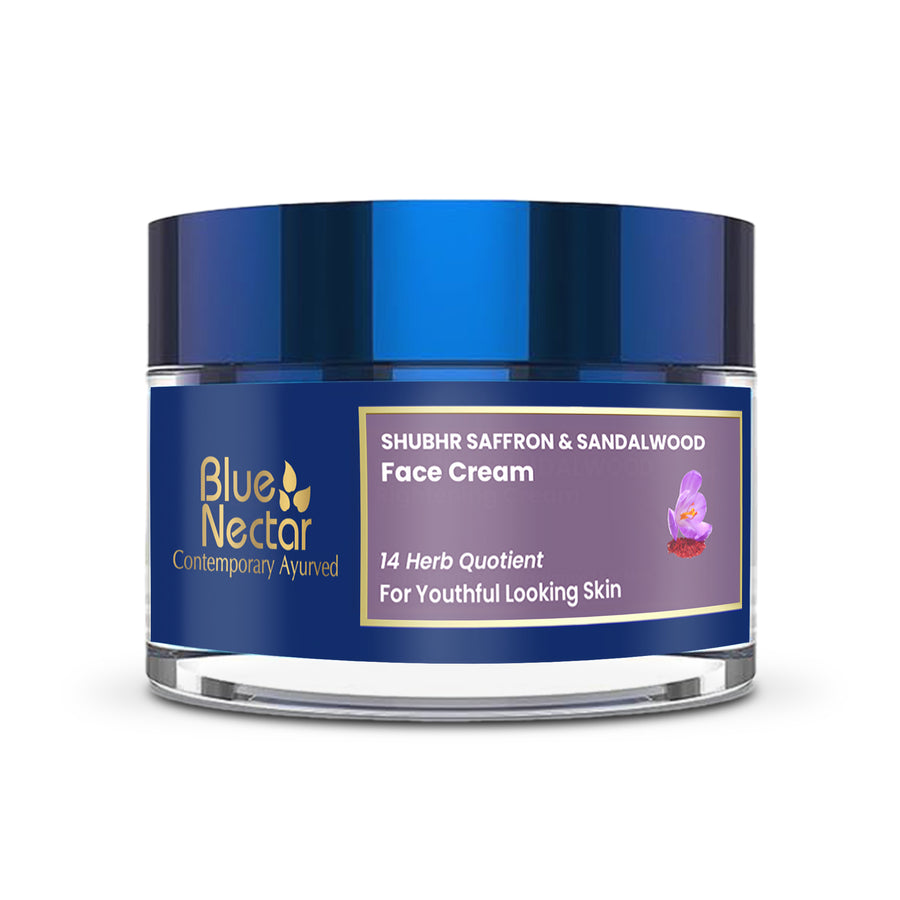
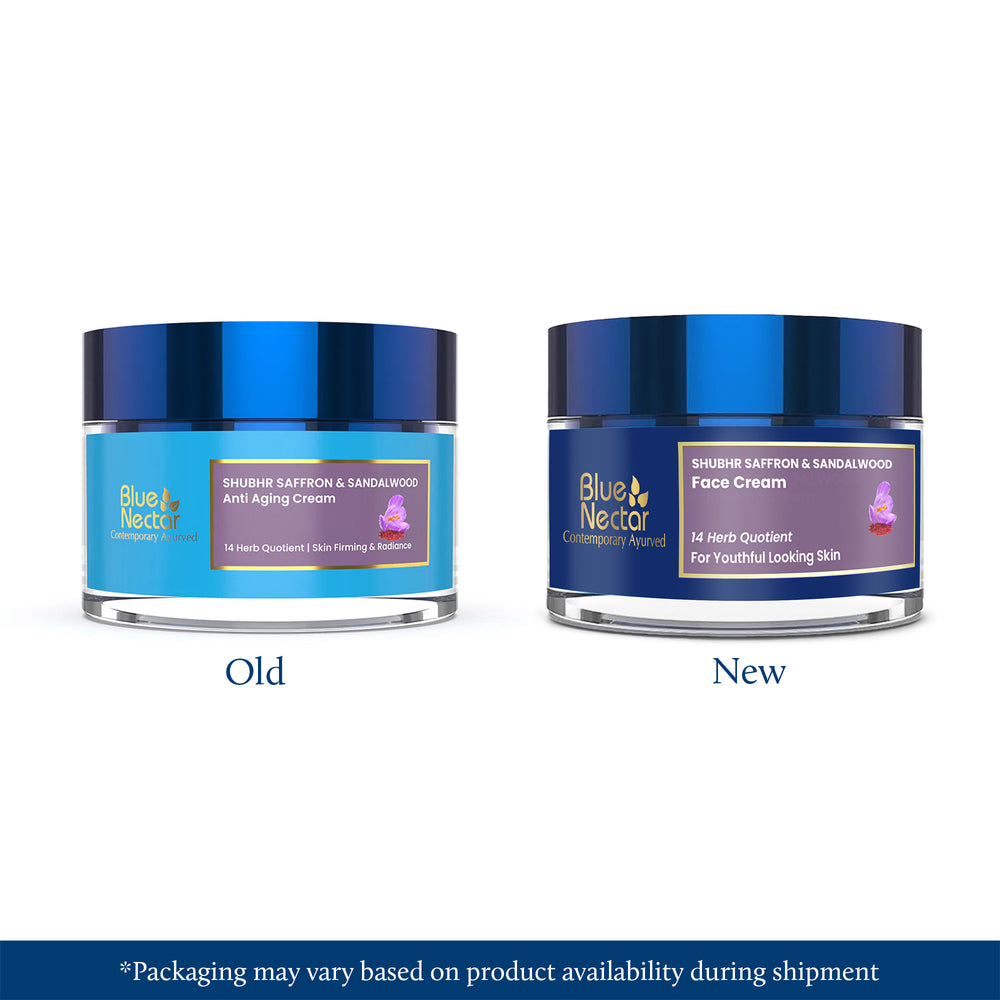
Leave a comment